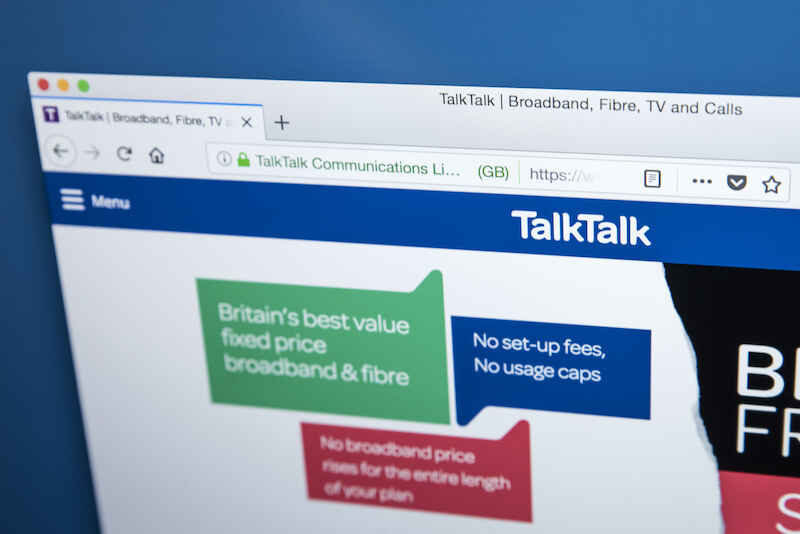Types of energy tariff

Share this guide:
Last updated: 14 July 2021
Save money on your energy bills
Enter your postcode below to get started
Standard Variable Tariffs
A standard variable tariff (SVT) will typically be the default plan of your energy supplier, and is what you will automatically be rolled onto should your agreed contract come to and end without you renewing or switching. Standard variable tariffs are invariably some of the most expensive on the market, so you should try to avoid being placed on these at all costs.
When you’re on a standard variable tariff, the amount you pay per unit of energy can go up or down at any time, although you’re much more likely to see increases in your bill as opposed to any price cuts. To avoid paying more when your current deal is coming to an end, start shopping around 49 days before your contract. If you switch energy supplier during this period you cannot be charged an early exit fee.
Fixed Price Tariffs
A fixed rate energy tariff is one where you pay a set unit rate for your gas and electricity for a fixed period of time. Usually, you will find a fixed tariff for 12 months, however some suppliers offer them for much longer. Fixed tariffs protect you from price rises, but at the same time you won’t be able to benefit from any falls in the wholesale cost of energy.
You should remember, however, that a fixed price energy tariff doesn’t mean that your bills will stay the same each month. The only thing that is fixed is the cost of each unit of energy you use; your bills will still fluctuate depending on how much gas and electricity you use. However, fixed price energy tariffs are almost always cheaper than SVTs.
Dual Fuel Tariffs
A dual fuel energy tariff is one in which you pay for both your gas and electricity under one contract. You will receive both fuels from one provider, and all your bills will be easily managed in one place. Therefore, a dual fuel energy tariff could be useful if you’re worried about losing time to admin.
Luckily, almost all energy suppliers in the UK offer dual fuel tariffs, and they will often work out cheaper than having two separate suppliers. However, you must note that dual fuel tariffs are only available to domestic energy customers; businesses will have to compare tariffs and contracts for their gas and electricity separately.
No Standing Charge Tariffs
Most energy tariffs will include a standing charge, which is a flat daily rate you are charged for the maintenance of the energy network and your supply lines. A no standing charge tariff is a type of energy contract in which you don’t pay any standing charges.
This might seem attractive at first, as you are only paying for the energy you actually use. For example, if you leave your home vacant for a month and no energy is used, you won’t be charged for that month. However, the drawback is that no standing charge tariffs often have much higher unit costs than other tariffs, so they could end up being more expensive overall.
Prepayment Tariffs
With a prepayment energy tariff, you pay for the energy before you use it, instead of receiving a bill for it at the end of each month. Prepayment tariffs come with a prepayment meter, which you will have to top up regularly otherwise the power will be cut off to your home.
Prepayment tariffs are typically used by vulnerable customers on a low income; however, this is often one of the most expensive ways of paying for your fuel. If you’re on a prepayment tariff and want cheaper energy, speak to your landlord about upgrading to a standard energy meter.
Economy 7 & Economy 10 Tariffs
Economy 7 and Economy 10 energy tariffs, also known as ‘time of use’ tariffs, offer a cheaper unit rate for your energy during the night. With an Economy 7 tariff, your energy will be cheaper for 7 hours a day, usually between midnight and 7am. Meanwhile, an Economy 10 tariff will offer cheaper energy for an extra 3 hours each day on top of this. If you use electricity more during the night then these tariffs could be ideal for you.
Green Tariffs
Green energy tariffs are becoming increasingly popular, and they are now quite widely available. With a green energy tariff, your supplier promises that 100% of your gas and electricity will be sourced from renewable energy sources, such as wind, solar or hydropower.
Choosing a green tariff adds to the demand for renewably sourced energy so is a great environmental choice. Plus, with demand going up and the cost or renewable energy getting cheaper, green tariffs are now among the best value plans on the market, having once been notoriously expensive.
Ready to look at different energy tariffs and pick a new energy deal? Enter your postcode in below to compare energy and start saving today.
Save money on your energy bills
Enter your postcode below to get started
We are an independent and impartial price comparison website.
Our services are 100% free to use.
usave.co.uk is supported by its users. When you make a purchase through links on our site, we may earn an affiliate commission.
Don't miss these
-
-
How to Pay Your Energy BillsTariffs and Bills
-
-
Read on our blog

With the government poised to implement tough new measures to...

Budget broadband provider TalkTalk has been notifying customers via email...

A year-long investigation by charity Citizens Advice has revealed a...

Education Secretary Nadhim Zahawi has announced a new commitment to...






